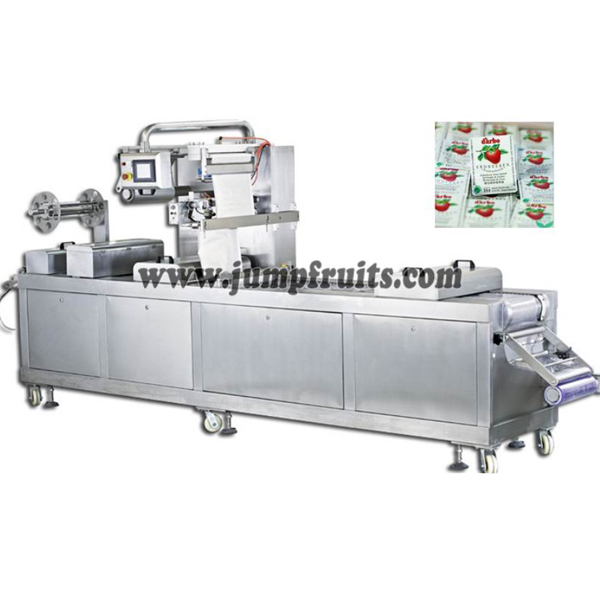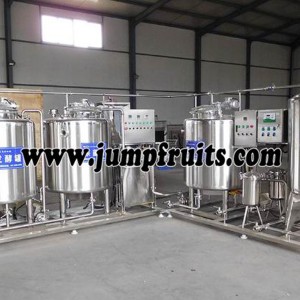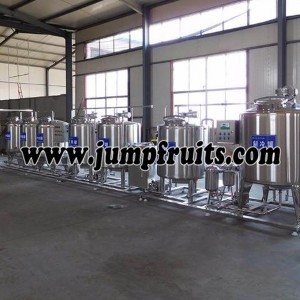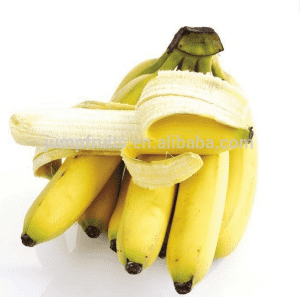Small Yoghurt Equipment
The yogurt products on the market are mostly of solidifying type, stirring type and fruit flavor type with various kinds of fruit juice jam.
The production process of yoghurt can be summarized as ingredients, preheating, homogenization, sterilization, cooling, inoculation, (filling: for solidified yoghurt), fermentation, cooling, (mixing: for stirred yoghurt), packaging and ripening. The modified starch is added in the batching stage, and its application effect is closely related to the process control
Ingredients: according to the material balance sheet, select the required raw materials, such as fresh milk, sugar and stabilizer. The modified starch can be added separately in the process of ingredients, and can be added after dry mixing with other food gums. Considering that starch and food gum are mostly high molecular substances with strong hydrophilicity, it is better to mix them with appropriate amount of granulated sugar and dissolve them in hot milk (55 ℃ ~ 65 ℃) under high-speed stirring state to improve their dispersibility.
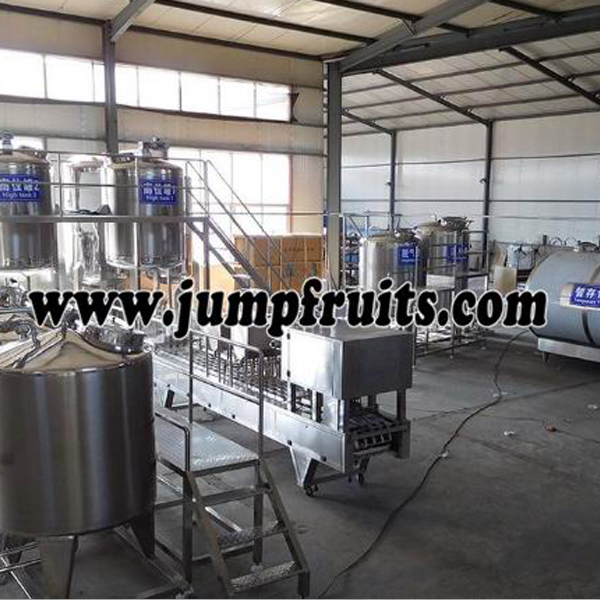
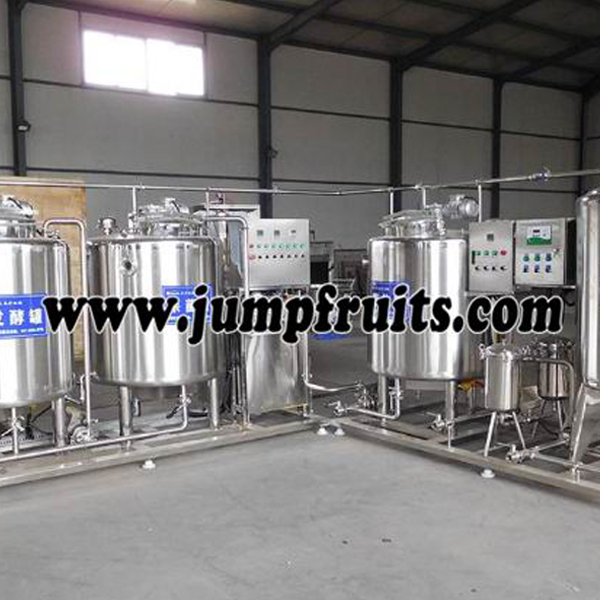
Some yoghurt equipment process flow:
Preheating: the purpose of preheating is to improve the efficiency of the next process homogenization, and the selection of preheating temperature should not be higher than the gelatinization temperature of starch (to avoid the particle structure being damaged in the homogenization process after starch gelatinization).
Homogenization: homogenization refers to the mechanical treatment of milk fat globules, so that they are small fat globules evenly dispersed in the milk. In the homogenization stage, the material is subjected to shear, collision and cavitation forces. Modified starch starch has strong mechanical shear resistance due to cross-linking modification, which can maintain the integrity of granule structure, which is conducive to maintain the viscosity and body shape of yogurt.
Sterilization: pasteurization is generally used, and the sterilization process of 95 ℃ and 300s is generally adopted in dairy plants. The modified starch is fully expanded and gelatinized at this stage to form viscosity.
Cooling, inoculation and fermentation: denatured starch is a kind of high molecular substance, which still retains some properties of original starch, that is, polysaccharide. Under the pH value of yogurt, starch will not be degraded by bacteria, so it can maintain the stability of the system. When the pH value of the fermentation system drops to the isoelectric point of casein, the casein denaturates and solidifies, forming a three-dimensional network system connected with water, and the framework becomes curd. At this time, the gelatinized starch can fill the skeleton, bind free water and maintain the stability of the system.
Cooling, stirring and after ripening: the purpose of stirring yoghurt cooling is to quickly inhibit the growth of microorganisms and enzyme activity, mainly to prevent excessive acid production and dehydration during stirring. Due to the different sources of raw materials, the modified starch has different denaturation degree, and the effect of different modified starch used in yoghurt production is not the same. Therefore, the modified starch can be provided according to the different requirements of yogurt quality.

